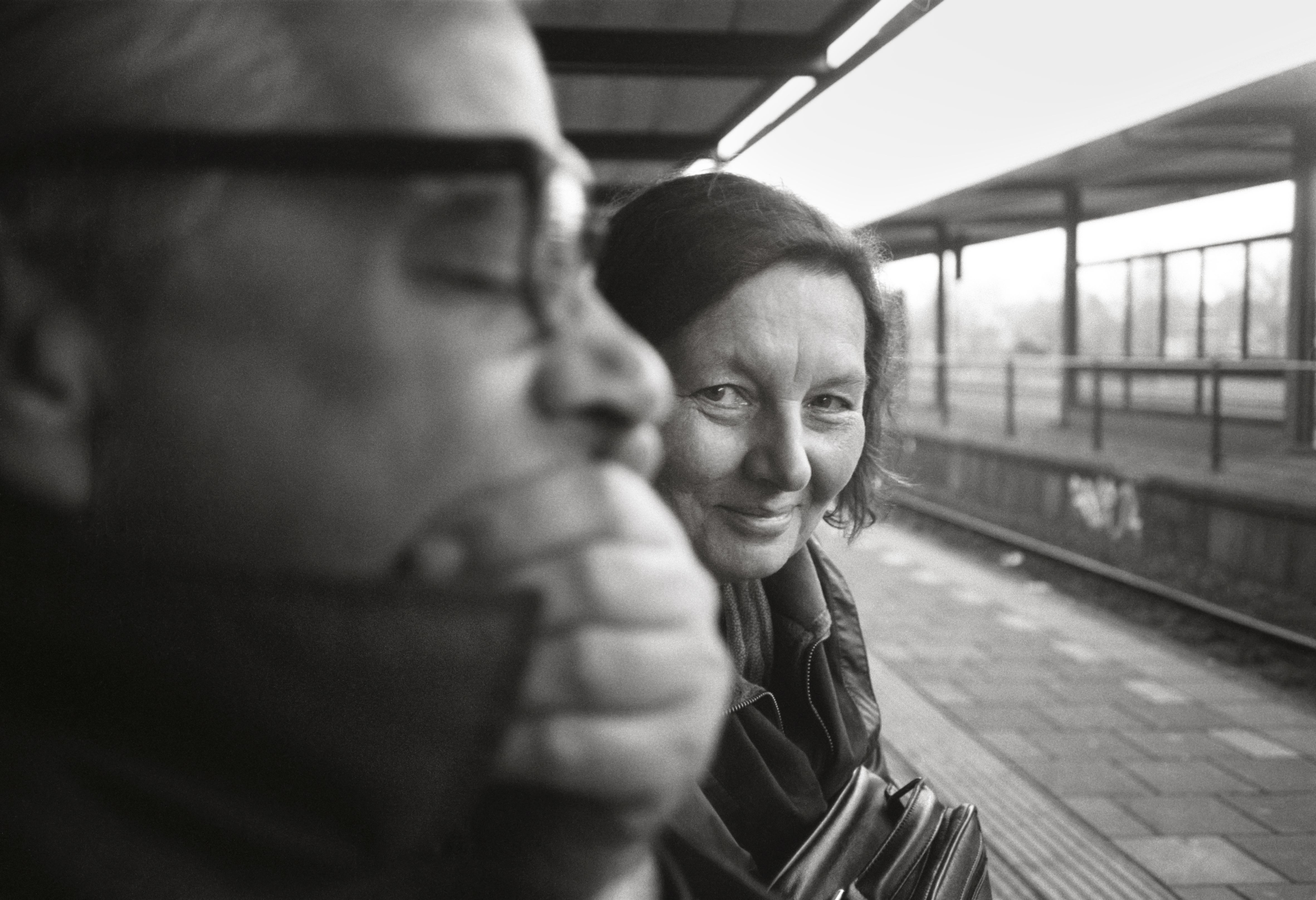‘Helena van der Kraan is one of the greatest photographers the Netherlands has known since the 1970s’, says curator Wim van Sinderen, who collaborated with her for over thirty years. ‘Her body of work spans fifty years, and can best be described as a restrained form of visual poetry. Her understated, subtle style is greatly admired by fellow photographers. She was virtually unknown to the general public, until her recently published ‘bear book’ Portretten / Portraits and the exhibition Bear & Teddy, an intriguing project about old teddy bears, which she photographed in the same way she portrayed people.’
Helena van der Kraan was born Helena Jirina Maazel in Prague in 1940. Shortly after the failed 1968 uprising in former Czechoslovakia, she came to the Netherlands where, having originally trained as a graphic artist and painter, she was taken on at Ateliers ’63 (now known as de Ateliers), the renowned postgraduate art course. There she met sculptor and graphic artist Axel van der Kraan (b. 1949). From 1970 to 1990 they collaborated on a range of projects, including installations and sculptures. In 1970 she bought her first camera and began taking photographs, initially to document their joint projects. Soon, however, photography became her main medium. In 1978 Kunstmuseum Den Haag organised a major exhibition of the couple’s work. Since then, there has always been a close bond between the Van der Kraans and the museum, where Helena had her first solo show in 1986. In 1989 Helena and Axel van der Kraan together received the Hendrik Chabot Prize. In 2005 The Hague Museum of Photography organised a major retrospective of Helena’s photographic work to mark her 65th birthday. Helena’s work features in the collections of several museums, including Rijksmuseum Amsterdam, Stedelijk Museum Amsterdam, Museum Boijmans Van Beuningen and Kunstmuseum Den Haag.
Over the course of fifty years Helena van der Kraan mainly photographed friends and everyday situations in the world around her. Her work is always based on a personal relationship with her subjects. Her photographic style is typified by subtlety and tranquillity, and the use of even, natural light. She skilfully printed her own analogue photographs, generally in soft, greyish black-and-white, and they possess an extraordinary directness and rigour in terms of their composition and framing. Despite her deep social engagement, as a photographer Helena preferred the formal aspects of her medium, such as shapes, patterns and lines. As such, her background as a graphic artist always shone through her photographic work.
The death of Helena van der Kraan not only means we have lost a gifted artist, but also a dear friend.
Wim van Sinderen (curator at The Hague Museum of Photography) and Benno Tempel (director of Kunstmuseum Den Haag).
